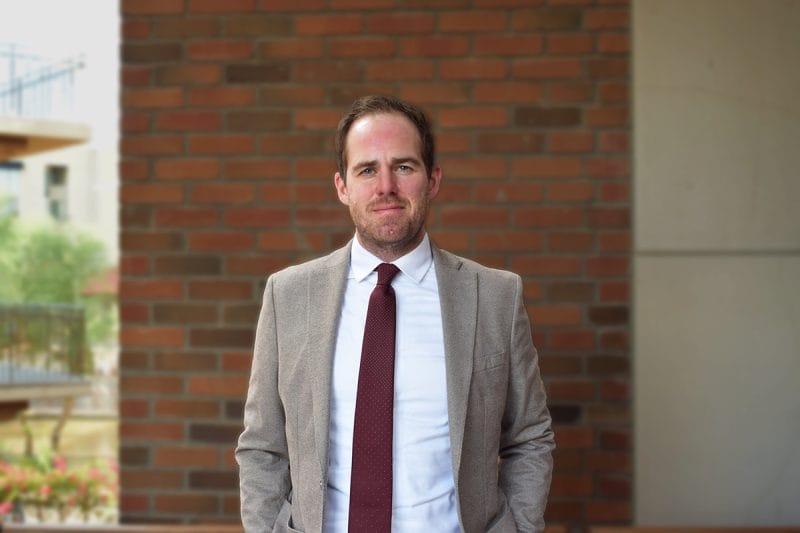 By Matthew Wald | The New York Times
By Matthew Wald | The New York Times
When Nevada lured Tesla Motors to the Reno area to build a giant battery factory, a triumphant governor, Brian Sandoval, proclaimed that every dollar his state was spending in tax incentives and other subsidies would yield $80 in economic activity.
But experts in industrial development say that his estimate is not so clear-cut. The calculation, they say, relies on two big assumptions: that the factory, which is to be built on a scale never tried before for a battery plant and is to employ 6,500 people, will achieve the radical cost savings that Tesla envisions, and that all the business it spurs will go to local companies. And even then, not all of the $80 would reach governments; most of it, in fact, would go to the private sector.
A crucial issue is that whenever a state offers an incentive for a company to build a factory, the economic stimulus is rarely concentrated in the surrounding area. Building and equipping the battery factory, for example, will cost about $5 billion, and while some of that money will have to be spent in Nevada, many of the equipment purchases, for example, cannot be.







